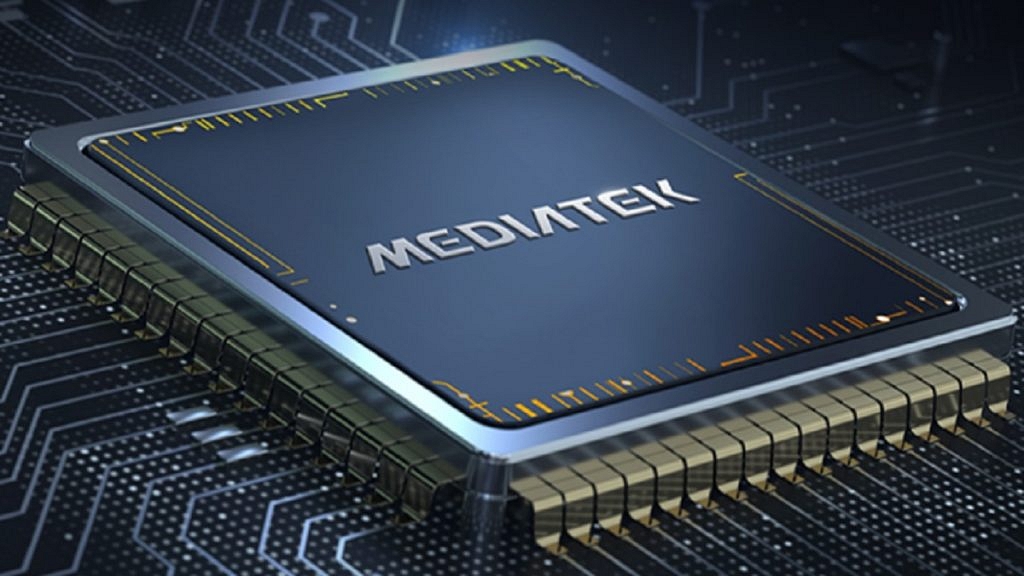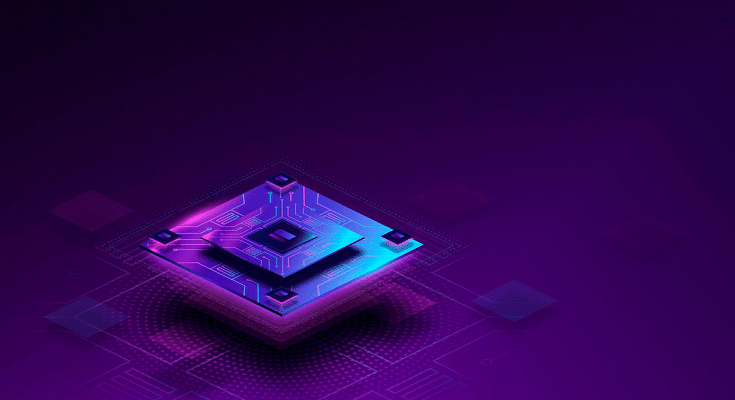Smartphone OEMs are majorly targeting mid and premium mid-range smartphone buyers in India. We have multiple brands competing in this league with their value-for-money deals. All noted smartphone companies including Xiaomi, OPPO, Vivo, Realme, Poco, iQOO, and others have been quite proactive in the premium mid-range Android smartphone race with their 5G-ready handsets.
Qualcomm and MediaTek are the first preference for both smartphone companies and general audiences when we speak of mobile chipsets. Both these mobile chipset brands have launched numerous new options in the last few years in India. Both Qualcomm and MediaTek have created a dedicated mobile chipset lineup for gaming phones. And not just the flagship but the mid-range category also has some of the best options to consider.
From Qualcomm, it’s the Snapdragon 778G game-centric processor unleashing prowess with premium mid-tier Android phones. Whereas, MediaTek competes in this race with multiple of its chipsets. However, the Helio G88 is one of the best gaming chipsets by the company for the affordable range of Android phones. Which of the two has the best processing speeds, CPU, and GPU performance? Read on here:
Qualcomm Snapdragon 778G Vs Helio G88 Processor: CPU Comparison
The Qualcomm Snapdragon 778G is more powerful compared to the Helio G88. While both these processors have an octa-core CPU cluster, the Qualcomm SD 778G has a thinner fabrication processor. It is designed using 6nm fabrication compared to the 12nm process used by the Helio G88 chipset.
Qualcomm has used a single 2.4GHz Cortex-A78 core, three Cortex-A78 cores with 2.2GHz clock speed, and four Cortex-A55 cores with 1.9GHz clock speed, while the Helio G88 has two Cortex-A75 cores with 2GHz clock speed and six Cortex-A55 cores with 1.8GHz. The frequency range is higher with the Snapdragon 778G processor, i.e., 2400MHz. The Helio G88 offers a lower frequency range of 2000MHz.
Snapdragon 778G Vs Helio G88: GPU Comparison
The GPU integrated with the Qualcomm Snapdragon 778G is the Adreno 642L which offers around 490MHz of GPU frequency. On the other hand, the Helio G88 features the Mali G52 MC2 GPU which offers a higher 1000MHz. The execution unit is 2 with both chipsets, Vulkan Version is 1.1, the OpenCL version is 2.0, and the DirectX version is 12.
Snapdragon 778G Vs Helio G88: Memory, Multimedia (ISP) Compatibility
The Qualcomm Snapdragon 778G chipset features LPDDR5 RAM compatibility, while the Helio G88 is integrated with LPDDR4X RAM support. The memory frequency is higher with the Snapdragon 778G at 3200MHz and 1800MHz with the Helio G88.

The Snapdragon 778G processor supports a maximum 16GB memory size, while the Helio G88 has 8GB RAM maximum memory compatibility. The storage compatibility is UFS 2.1, UFS 2.2, and UFS 3.3, and UFS 3.1 with the Snapdragon 778G processor. Whereas, the Helio G88 has only eMMC 5.1 storage support.
Speaking of the display and camera resolution, the Snapdragon 778G ships with 1080 x 2520 pixels resolution and 1x 192MP, 2X36MP respectively. The Helio G88 offers the same display resolution of 1080 x 2520 pixels but a different 1x64MP, 2x 16MP max camera resolution. The video recording and playback support is 4K@30fps with the SD 778G and 2k@30fps with the Helio G88.
Final Verdict: Which One Is Better
The Qualcomm Snapdragon 778G is a better performer in terms of CPU and GPU performance. Overall performance and speed reliability are also good with the Snapdragon 778G processor compared to the Helio G88. A thinner fabrication makes it more premium compared to the MediaTek processor.
